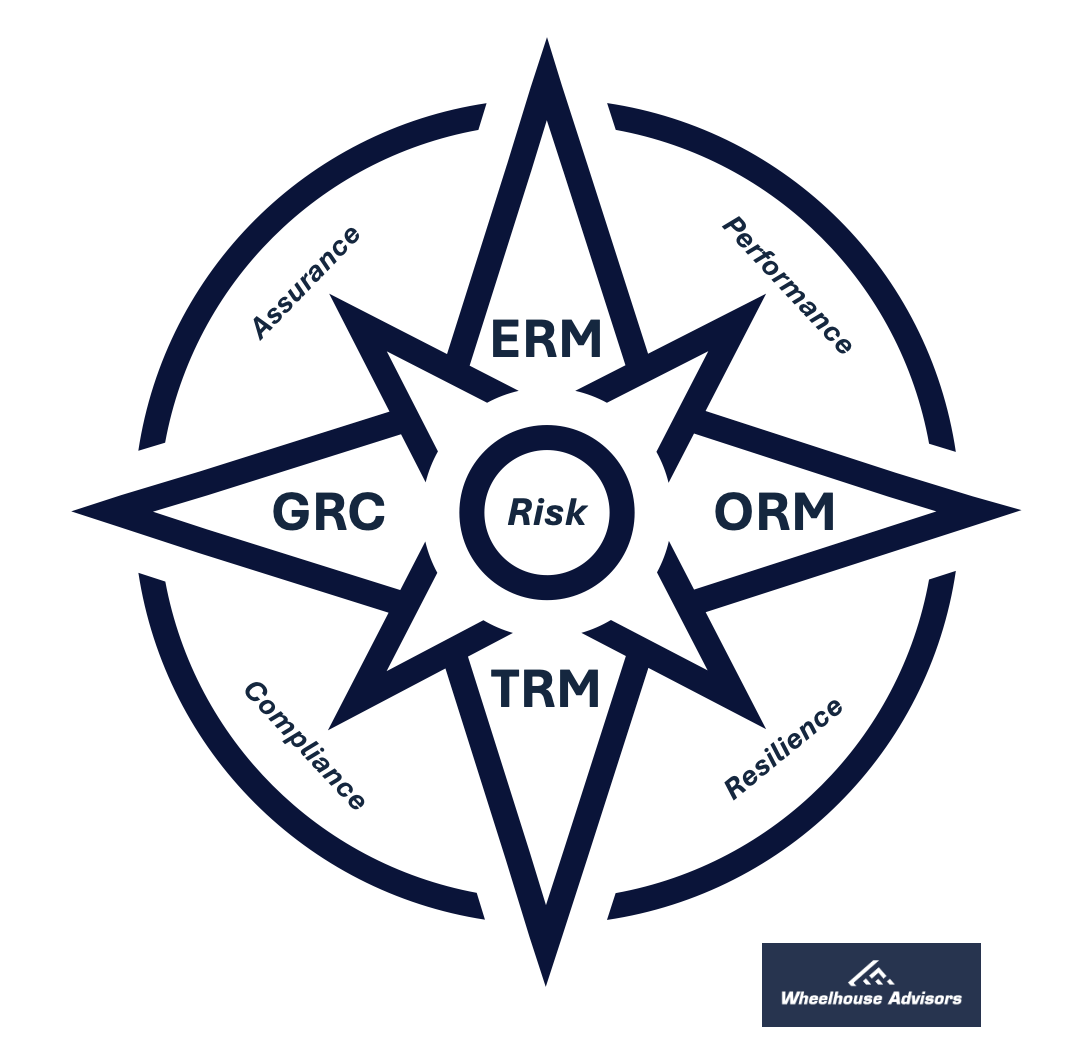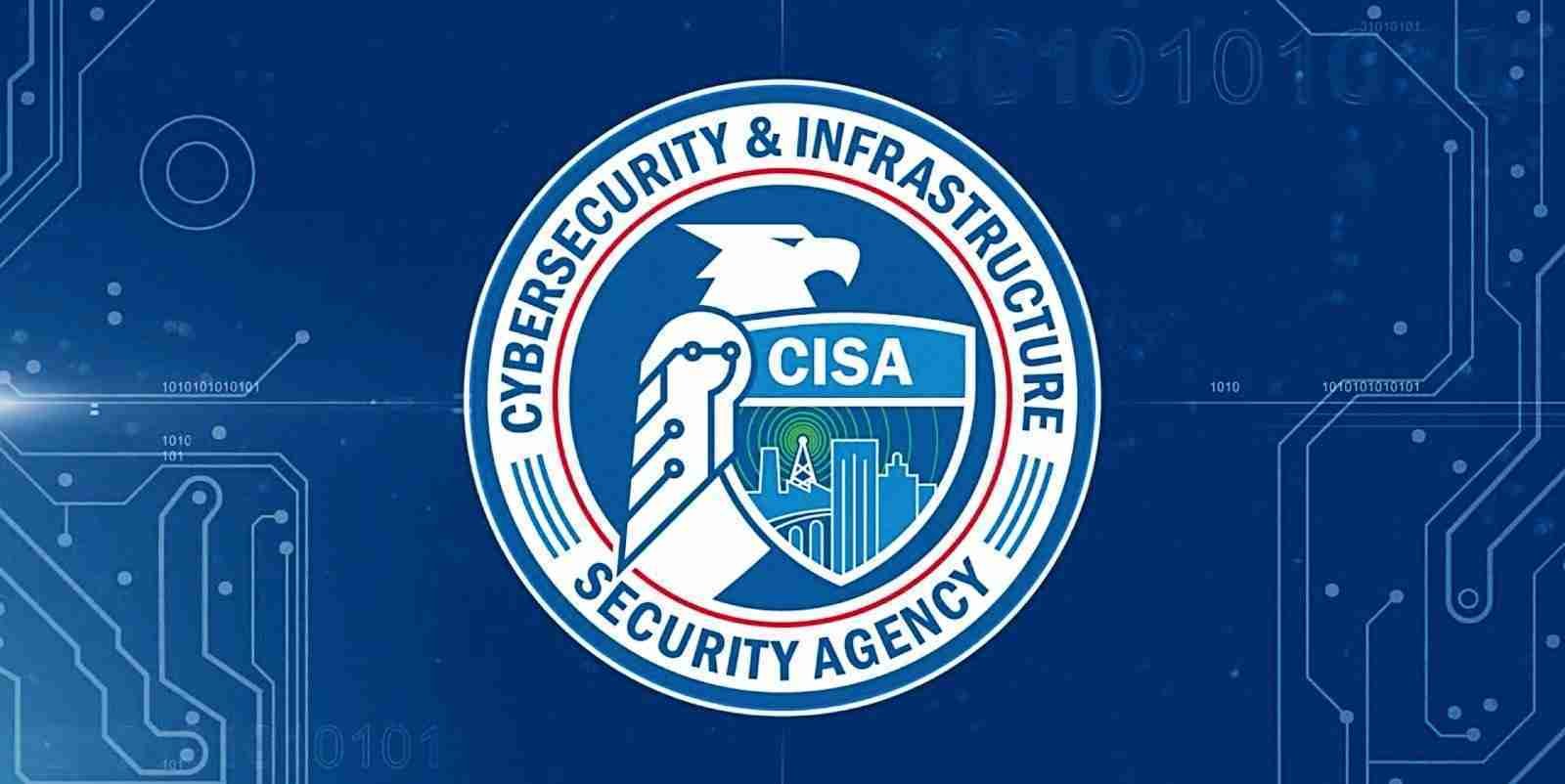
The RiskTech Journal
The RiskTech Journal is your premier source for insights on cutting-edge risk management technologies. We deliver expert analysis, industry trends, and practical solutions to help professionals stay ahead in an ever-changing risk landscape. Join us to explore the innovations shaping the future of risk management.
Browse the latest RTJ insight articles and news updates and below
The RiskTech Journal Online Subscription is a premier resource for executives and professionals focused on the intersection of risk management and technology. It provides subscribers with access to a curated collection of articles and expert insights designed to enhance risk management strategies through technological innovation. With its online format, the RiskTech Journal offers flexible access to critical information, helping leaders make informed decisions and stay competitive.
SEC Clarifies Cybersecurity Incident Disclosure Rules: Key Takeaways for Companies
The Securities and Exchange Commission (SEC) continues to refine its stance on the disclosure of material cybersecurity incidents, addressing corporate concerns and compliance complexities. On June 20, 2024, Erik Gerding, the Director of the SEC’s Division of Corporation Finance, provided further clarification regarding the selective disclosure of cybersecurity incidents. This move comes in response to persistent questions surrounding the SEC’s final cybersecurity disclosure rules, specifically under Item 1.05 of Form 8-K.
Leading with Purpose: How Boards Can Drive Sustainability Through Integrated Risk Management
The integration of sustainability into business strategy is no longer optional; it's imperative for long-term success and resilience in today's volatile business environment. The recent 2024 European Corporate Governance Conference, sheds light on the multifaceted benefits and challenges of embedding sustainability into corporate governance, emphasizing the crucial role of Integrated Risk Management (IRM).
Revolutionizing Risk Management: Insights from the Federal Reserve's Chief Risk Officer
In her keynote remarks at the XLoD Global conference, Mihaela Nistor, Chief Risk Officer of the Federal Reserve Bank of New York, provided a compelling analysis of the current risk landscape and the evolving nature of risk management. Nistor's address highlighted the multifaceted and interconnected risks that organizations face today and underscored the importance of integrating advanced technologies, particularly artificial intelligence (AI), into risk management frameworks.
The Critical Role of Leadership in Implementing an Integrated Risk Management Framework
The appointment of Melissa Martinez as Chief Risk Officer (CRO) at Meridian Capital Group, as reported by the Wall Street Journal, underscores a fundamental truth in risk management: strong leadership is paramount for successfully implementing an Integrated Risk Management (IRM) framework.
Generative AI in the “Pit of Empty Promises”: Understanding the Wheelhouse Risk Cycle
The recent Wall Street Journal article, "The AI Revolution Is Already Losing Steam," provides a stark reality check on generative AI's limitations and challenges. This emerging technology, which once promised to revolutionize industries, now appears to be falling into what we at Wheelhouse Advisors term the "Pit of Empty Promises" within the Wheelhouse Risk Cycle.
IRM's Role in Effective IFRS Integrated Reporting
Organizations today must go beyond traditional financial reporting to provide a comprehensive view of their performance, strategy, and value-creation processes. Integrated Reporting (IR), guided by the IFRS Integrated Reporting Framework, combines financial and non-financial information, ensuring stakeholders understand how organizations create value over time. Integrated Risk Management (IRM) is crucial in achieving effective integrated reporting.
2024 Risk Management Insights: What Every Board Member Needs to Know
Understanding the dynamics of risk management is critical for audit committees and boards of directors in the ever-evolving corporate governance landscape. The recent CAQ-Deloitte 2024 Audit Committee Practices Report and Wheelhouse Advisors' 2024 IRM Navigator™ Annual Viewpoint Report provide comprehensive insights into these dynamics. These reports highlight the increasing significance of Enterprise Risk Management (ERM) and Integrated Risk Management (IRM) technology, shedding light on their critical roles in navigating today's complex risk environment. This article delves into the key findings of these reports, exploring how IRM technology bridges the gap between ERM, Operational Risk Management (ORM), Technology Risk Management (TRM), and Governance, Risk, and Compliance (GRC).
Bridging the GRC Gap: How AI Turns Sci-Fi Dreams into Boardroom Realities
The podcast “GRC After Hours” is more than a discussion on Governance, Risk, and Compliance (GRC); it's an imaginative journey fueled by creative thinking and lively conversations about the world of risk management. Despite the inadvertently deceptive title reminiscent of an old late-night, adult-themed cable TV series, the podcast makes this complex topic surprisingly entertaining. In a recent episode, the conversation explored how AI can revolutionize risk management, much like the warp drive propels the Starship Enterprise to distant galaxies. With insights from Krista AI, the discussion highlighted how integrating advanced technology can turn sci-fi dreams into boardroom realities.
20 AI Use Cases for Integrated Risk Management in 2024 and Beyond
This article explores the transformative role of Artificial Intelligence (AI) in Integrated Risk Management (IRM), emphasizing how AI enhances risk visibility and mitigation across Enterprise Risk Management (ERM), Operational Risk Management (ORM), Technology Risk Management (TRM), and Governance, Risk, and Compliance (GRC). By linking strategic goals, business processes, technology assets, and compliance frameworks, AI-driven IRM provides a comprehensive approach to navigating today's complex risk landscape.
Unveiling the Mysteries of the IRM40: 10 Insights from Wheelhouse Advisors' 2024 IRM Navigator™ Annual Viewpoint Report
As we step into the future of integrated risk management, the 2024 IRM Navigator™ Annual Viewpoint Report by Wheelhouse Advisors stands as a beacon for enterprises navigating the complex waters of RiskTech. This year's report pinpoints leading vendors and encapsulates emerging trends and strategic insights that shape the industry's backbone. Without giving away the specifics of our IRM40 list, here are ten intriguing tidbits about this year's selections that will pique your interest and underscore the value of accessing the full report.
Announcing the IRM Navigator™ Annual Viewpoint Report and the IRM40
The IRM40 showcases a diverse range of vendors excelling across four critical IRM market segments: Governance, Risk, and Compliance (GRC), Enterprise Risk Management (ERM), Technology Risk Management (TRM), and Operational Risk Management (ORM). These vendors were selected from an extensive analysis of 220 candidates for their significant strengths and innovative approaches.
Elevating Fairness in Compliance: A Strategic Imperative for Integrated Risk Management
IRM transcends traditional risk management by incorporating GRC into the domains of ERM, ORM, and TRM, ensuring that governance and compliance are not isolated but integrated with all risk management activities. This comprehensive approach is crucial in an era where banking innovations such as digital platforms, and products like Buy Now Pay Later (BNPL) and Earned Wage Access (EWA), are rapidly evolving. These innovations, while beneficial, introduce complex compliance and operational risks that require an integrated approach to manage effectively.
Harnessing Integrated Risk Management to Navigate the Evolving Data Governance Landscape
Data is increasingly becoming a cornerstone asset for organizations, but with its rising value comes a proportional increase in regulatory scrutiny and potential threats. From the SEC's detailed rules on cybersecurity disclosures to comprehensive AI regulations looming in the EU, companies are navigating a labyrinth of obligations that span multiple jurisdictions and sectors. In this complex environment, boards must maintain vigilant oversight over the organization's data strategies and implementation.
Transforming Governance, Risk, and Compliance: The Role of Large Language Models in an Integrated Risk Framework
In the realm of Governance, Risk, and Compliance (GRC), organizations have traditionally grappled with cumbersome, manual processes that are not only time-consuming but also prone to errors and delays. The integration of Large Language Models (LLMs) into GRC is poised to revolutionize these areas by providing more streamlined, efficient, and accurate management practices. Here's how LLMs are transforming GRC into a unified Integrated Risk Management (IRM) framework, addressing existing limitations and setting the stage for a more comprehensive approach.
Understanding the New SEC Cybersecurity Incident Disclosure Rule: Trends and Implications
In the wake of increasing cybersecurity threats, the Securities and Exchange Commission (SEC) has implemented the Cybersecurity Incident Disclosure Rule, which took effect on December 18, 2023. This rule mandates publicly traded companies to disclose material cybersecurity incidents within four business days of recognizing their materiality. Here, we dissect the early trends observed since the rule's implementation and the broader implications for corporate disclosure practices.
The Maestro of IRM: Conducting the Masterpiece of Modern Risk Management
In the intricate world of risk management, where every decision plays a crucial part in the overall performance of a business, envisioning the integrated approach of governance, risk, and compliance (GRC) alongside Technology Risk Management (TRM), Operational Risk Management (ORM), and Enterprise Risk Management (ERM) as a symphony orchestra offers a compelling narrative.
CIRCIA’s New Rules on Critical Infrastructure: Incorporating IRM to Manage a $2.6 Billion Economic Impact
As the Cybersecurity and Infrastructure Security Agency (CISA) ushers in the Cyber Incident Reporting for Critical Infrastructure Act of 2022 (CIRCIA), an estimated 316,244 organizations within vital sectors stand at the cusp of significant regulatory shifts. Amidst this landscape, the strategic incorporation of Integrated Risk Management (IRM) becomes crucial not just for compliance but for bolstering cyber defenses in the face of a projected $2.6 billion economic impact over the next decade.
Elevating Cyber Risk Management: The Imperative Role of IRM Post-UnitedHealth Hack
My analysis of the cyber insurance market, an endeavor that involved scrutinizing thousands of policies during my tenure at Gartner, revealed a consistent pattern: widespread exclusions and often inadequate coverage. The fallout from the UnitedHealth incident magnifies these issues, demonstrating the peril of relying solely on cyber insurance as a safeguard against the multifaceted nature of cyber threats, especially those that affect third-party vendors.
Integrated Risk Management: The Keystone in Safeguarding Generative AI Against Data Poisoning
As organizations increasingly integrate AI into their operations, the role of IRM in ensuring these technologies are leveraged safely and responsibly cannot be overstated. It is through comprehensive risk management strategies that the full potential of generative AI can be realized, driving innovation while protecting against the vulnerabilities inherent in this powerful technology.
The Looming Shadow of the EU Cyber Resilience Act: How Integrated Risk Management Can Be Your Shield
The European Union's Cyber Resilience Act (CRA) looms large on the horizon, casting a shadow of both challenge and opportunity for companies selling software and connected devices in the EU. While the act's enforcement date is still months away, its comprehensive cybersecurity regulations demand proactive preparation from manufacturers, importers, and distributors alike.




















